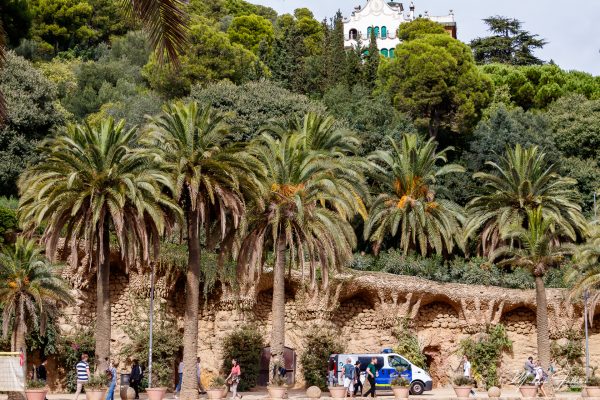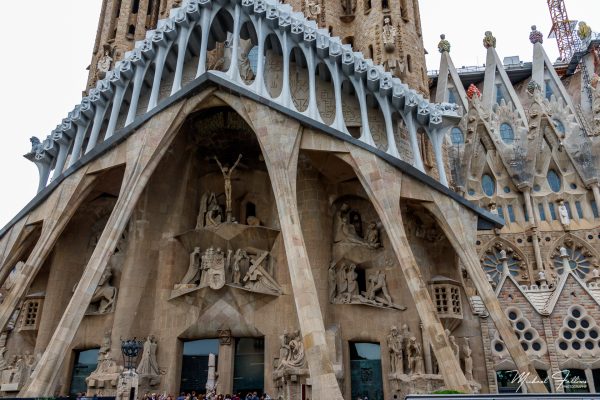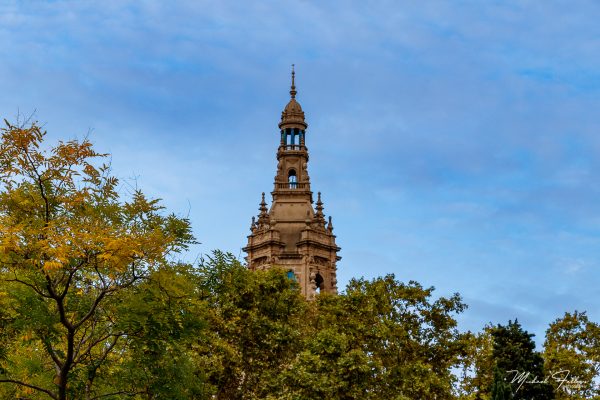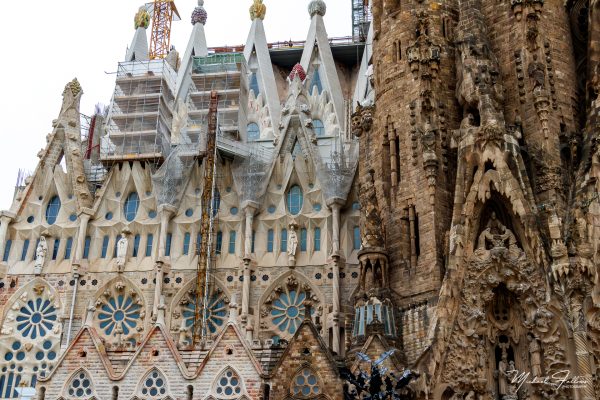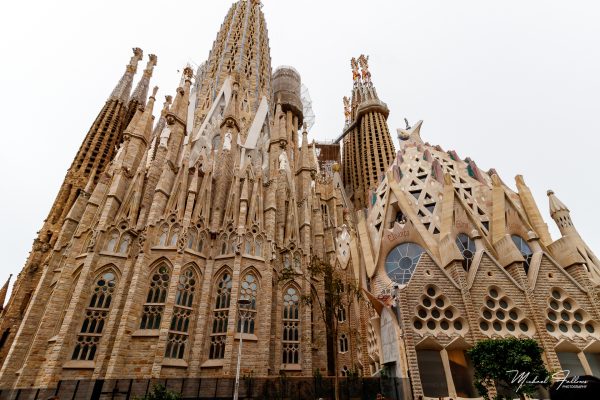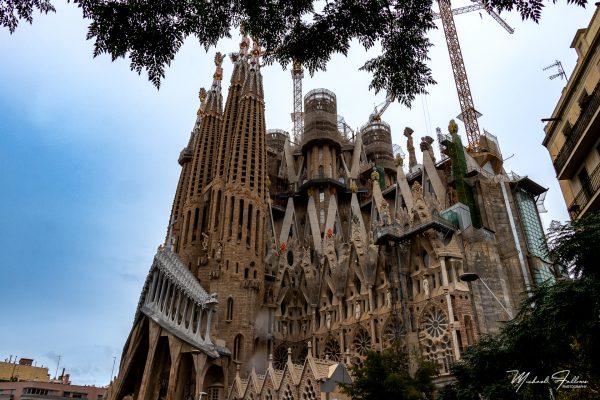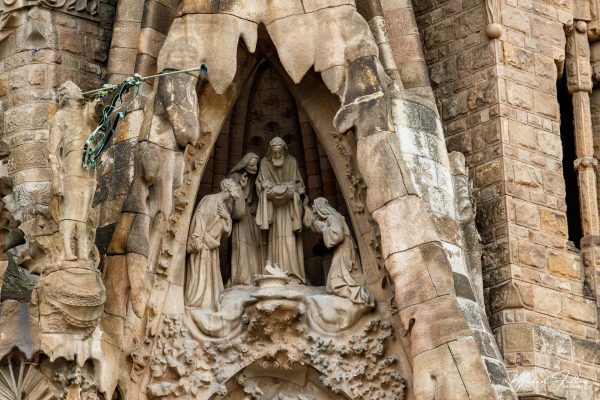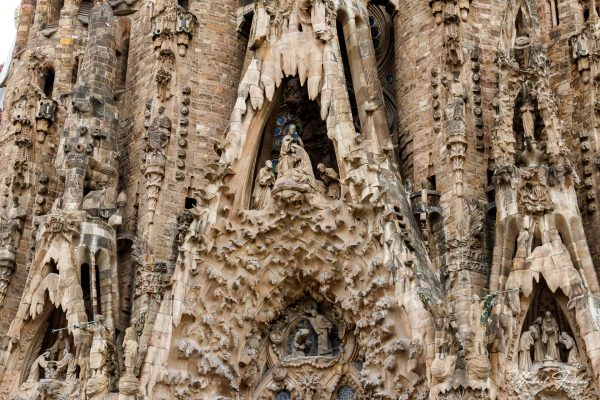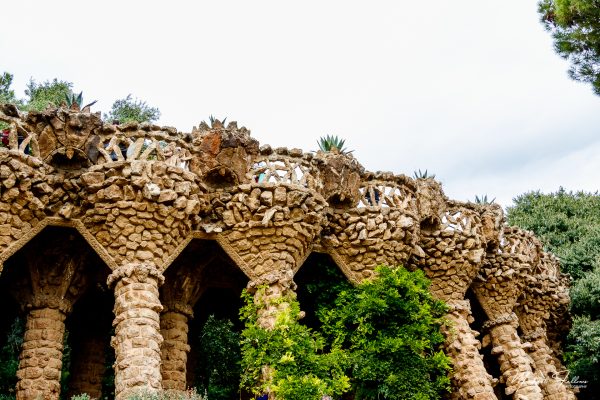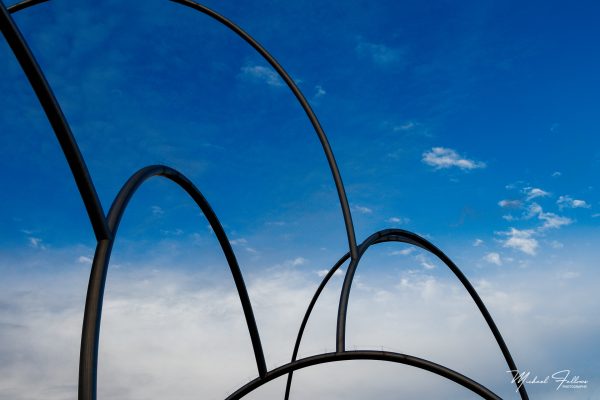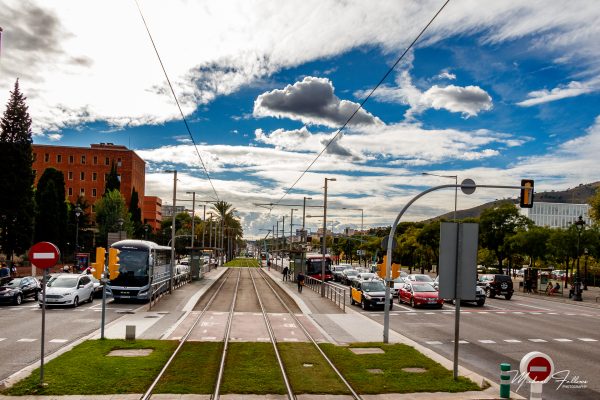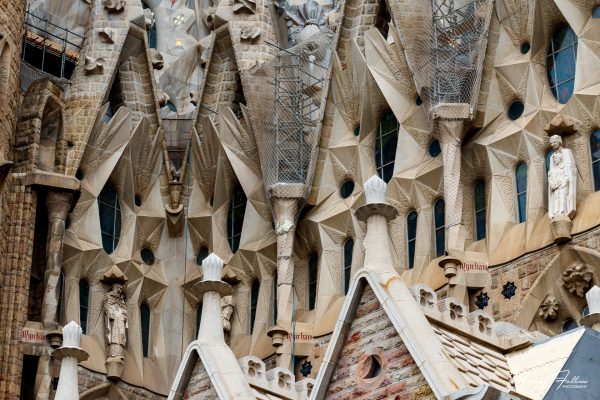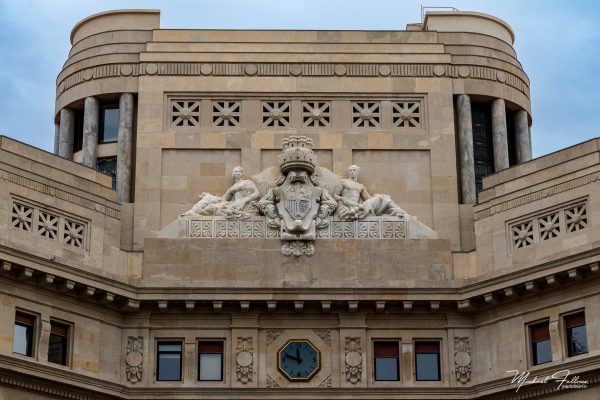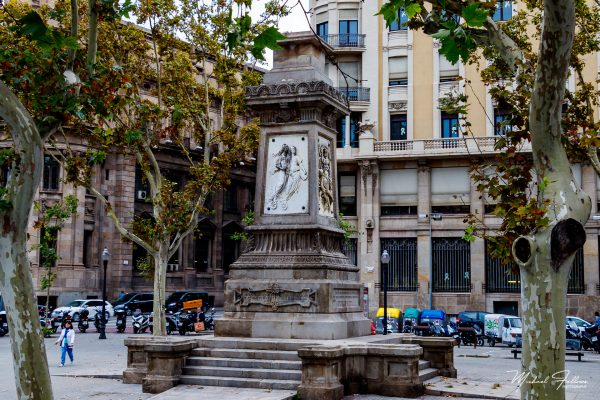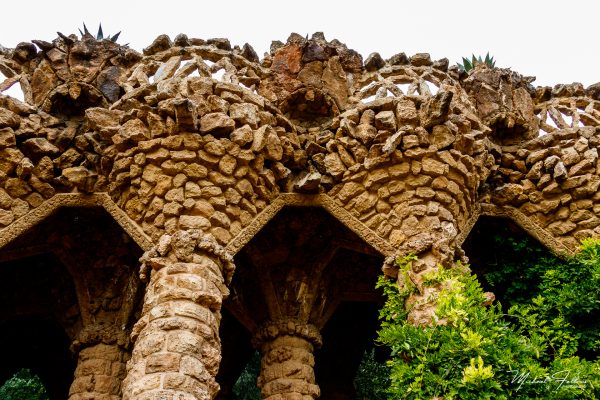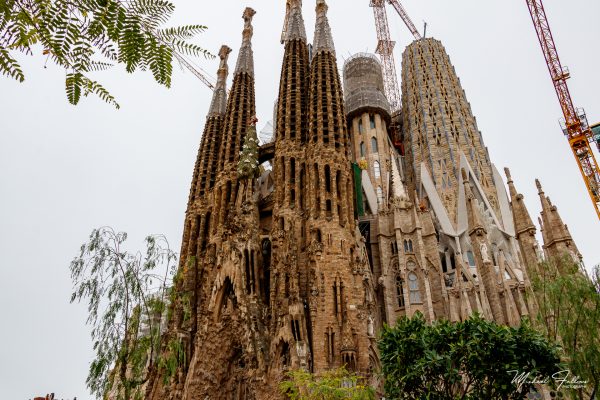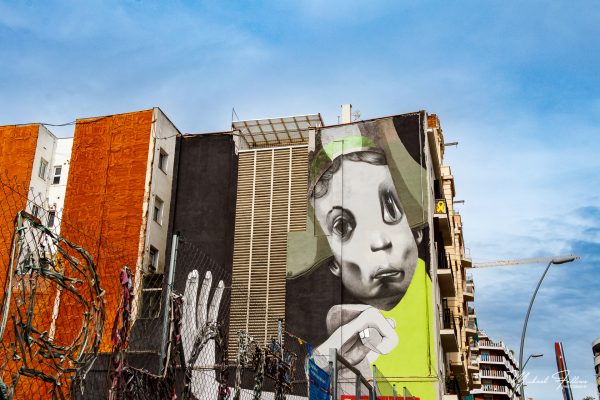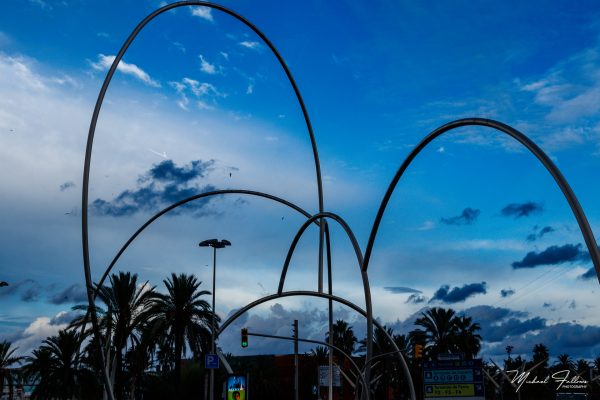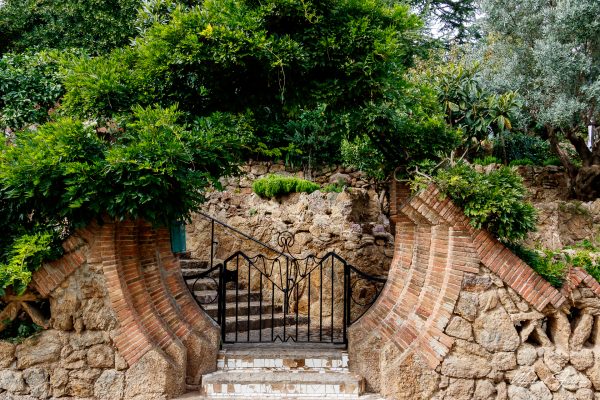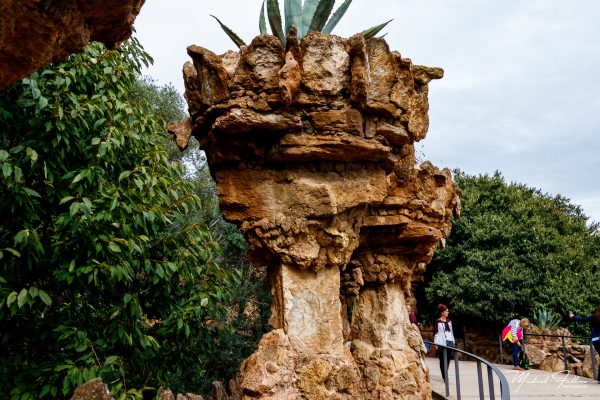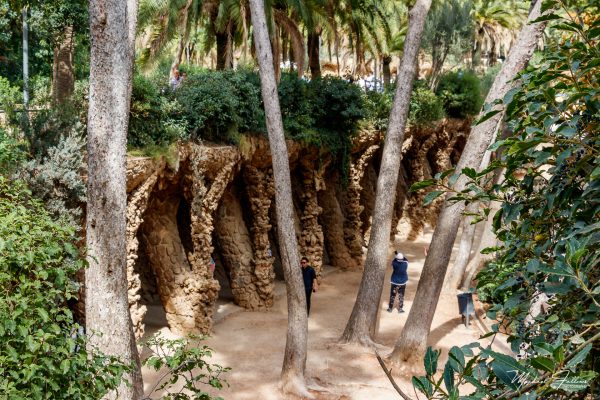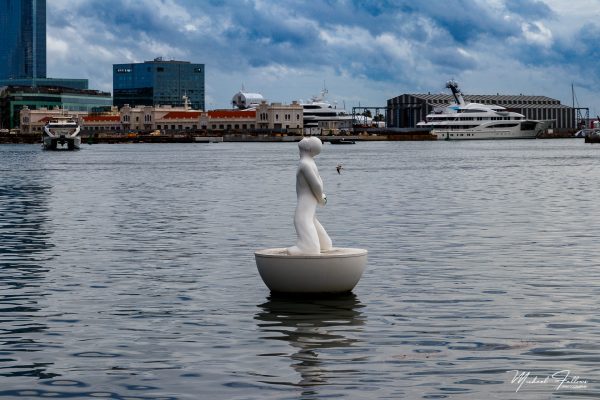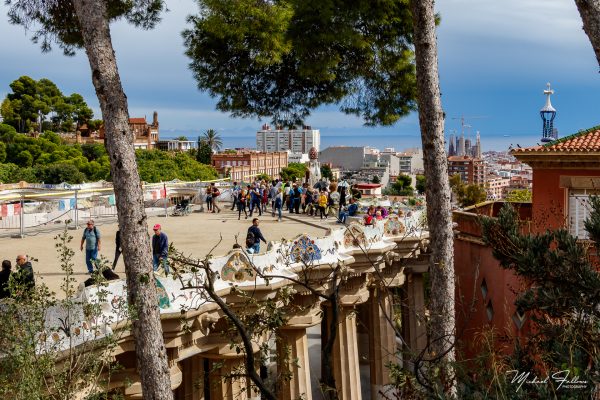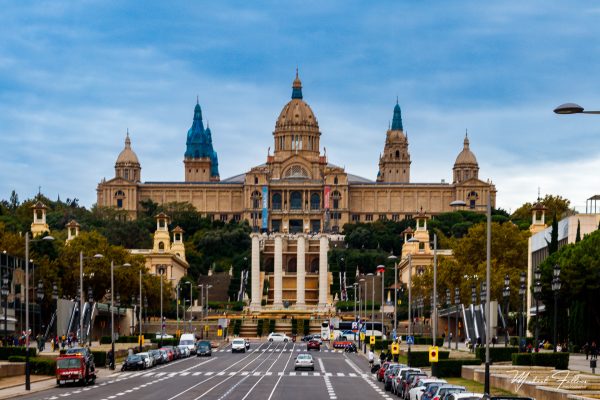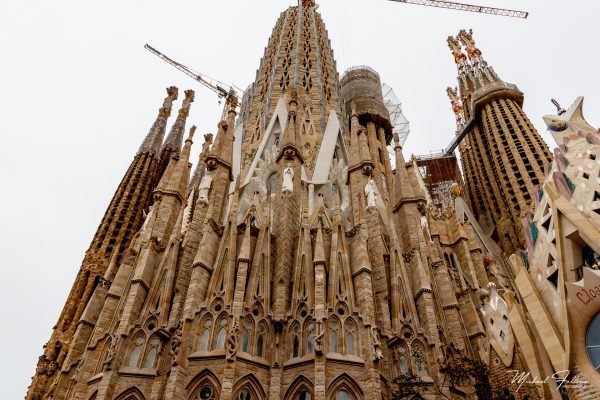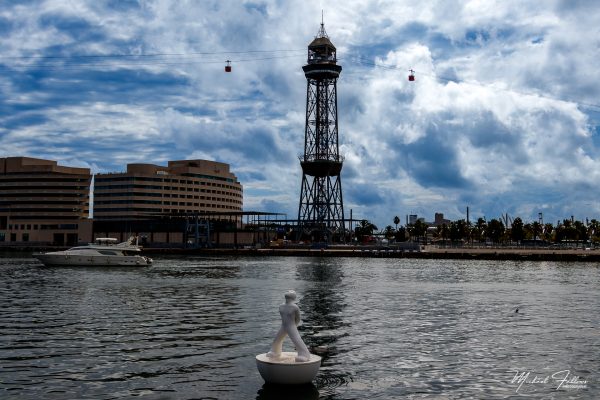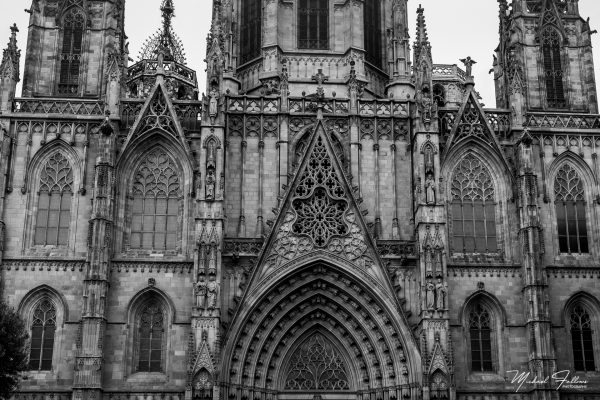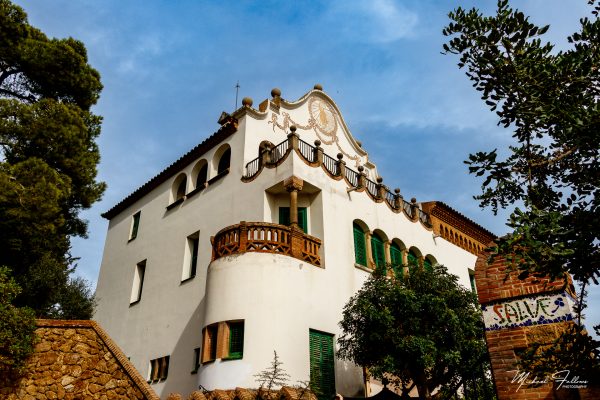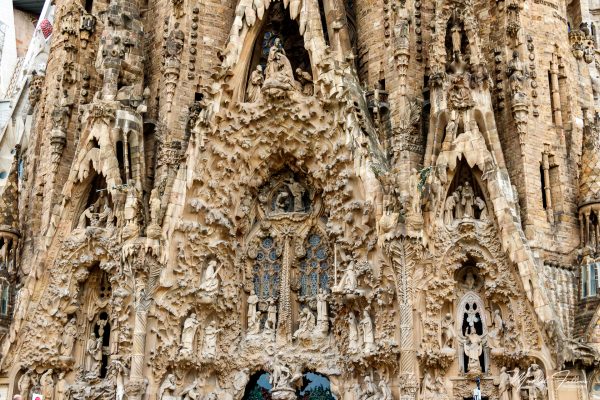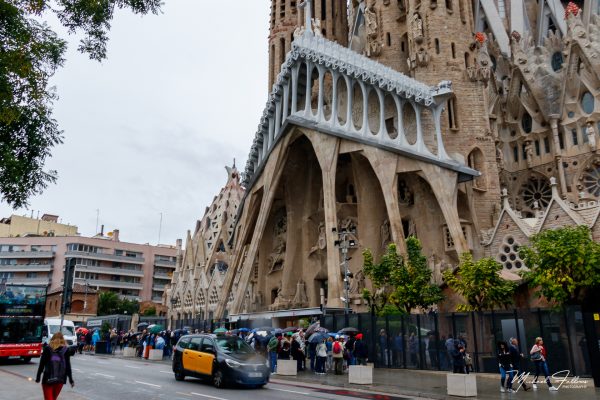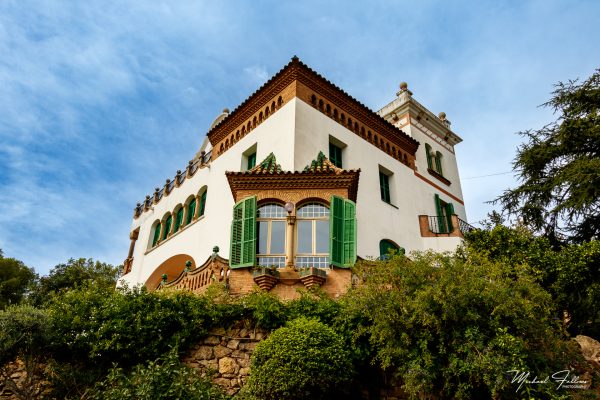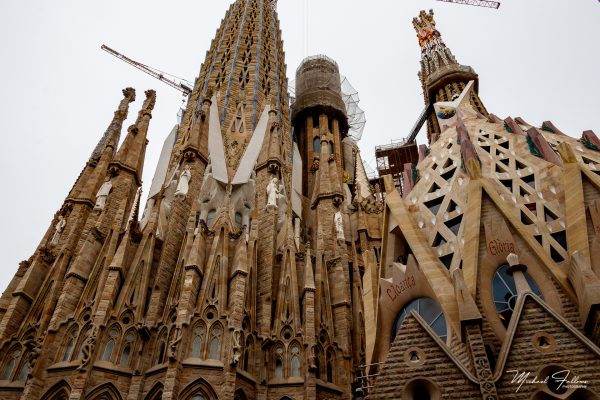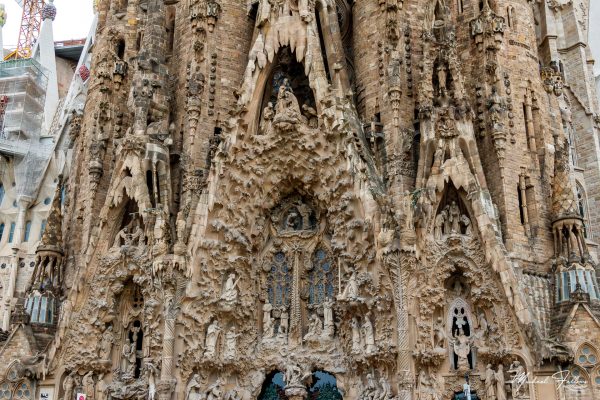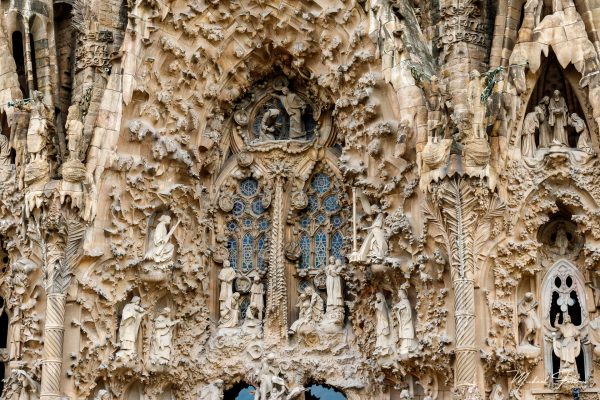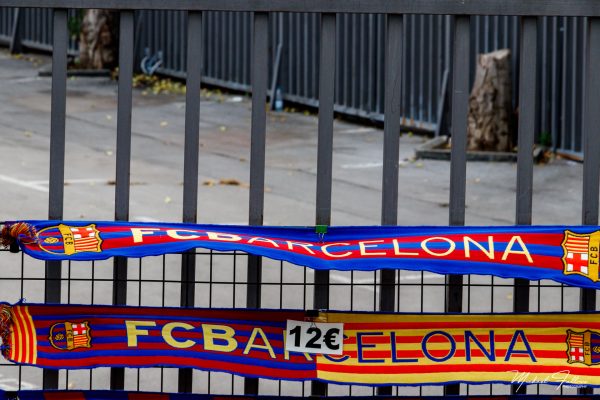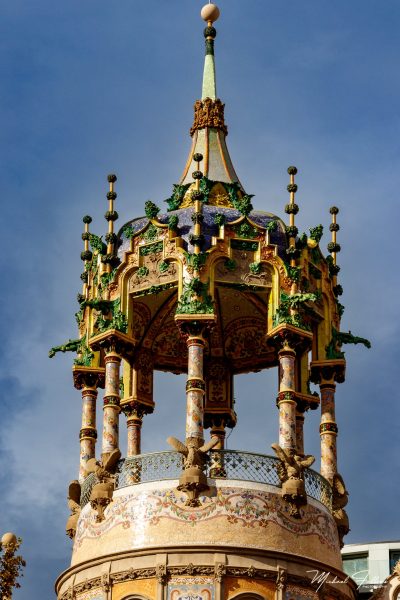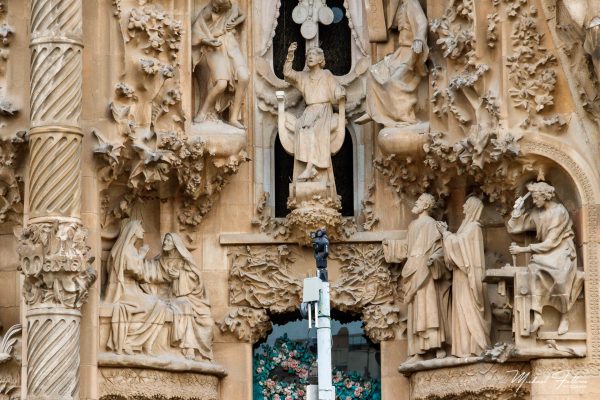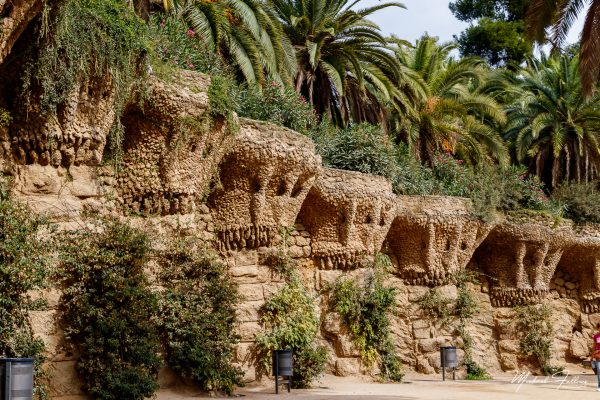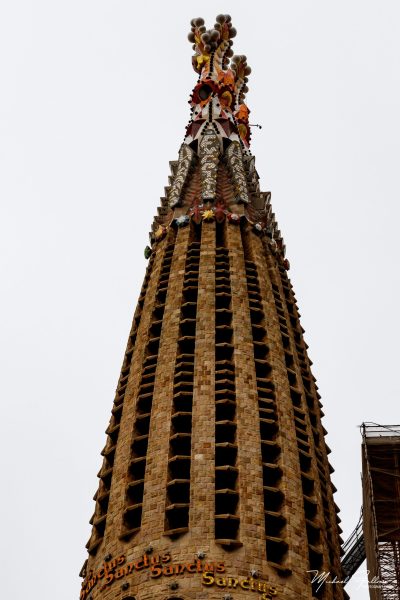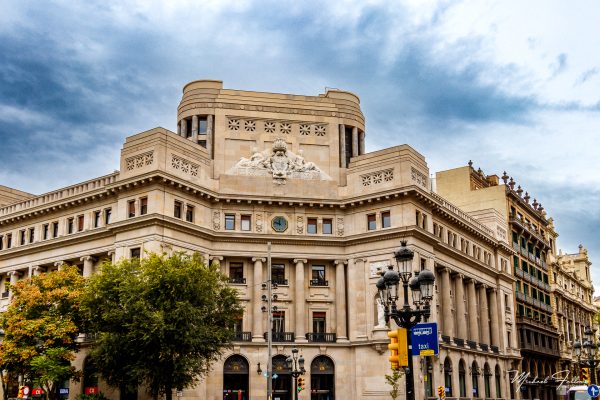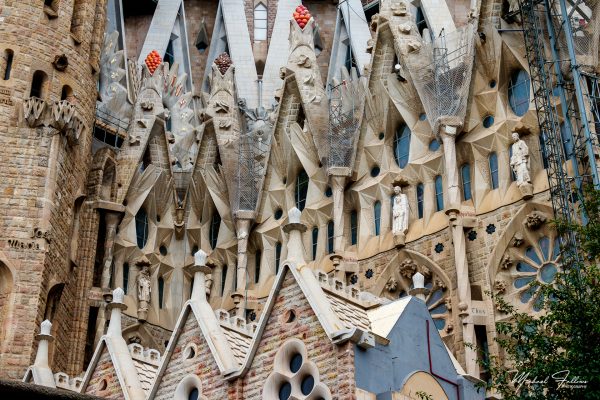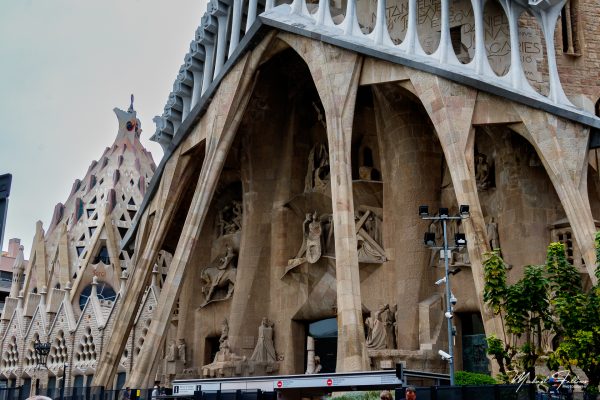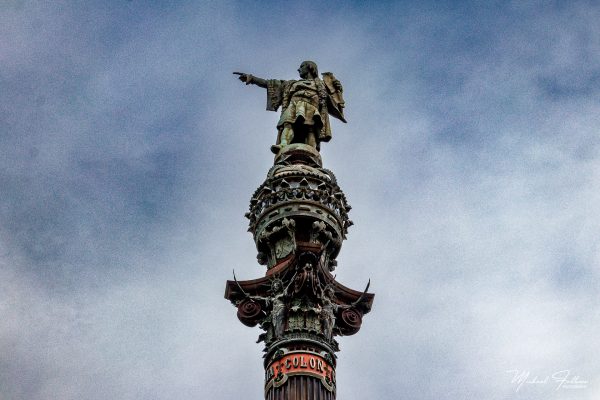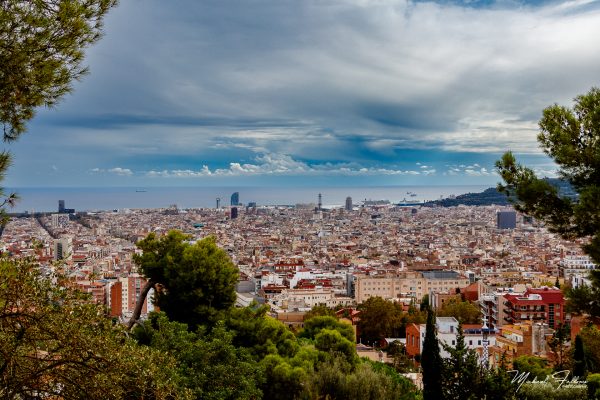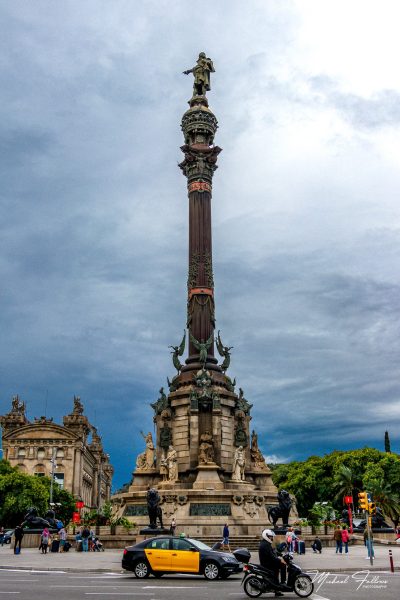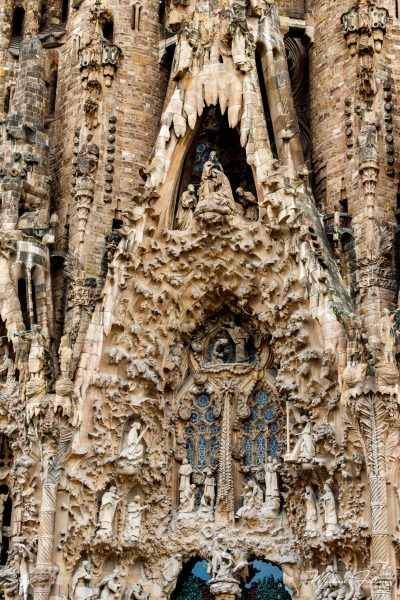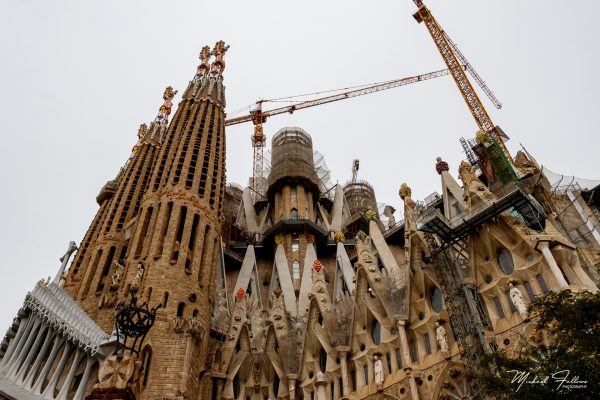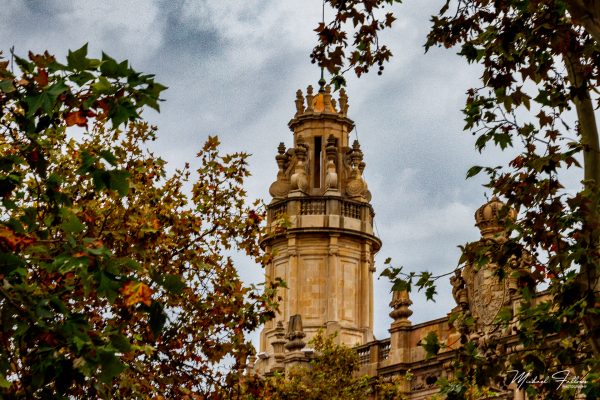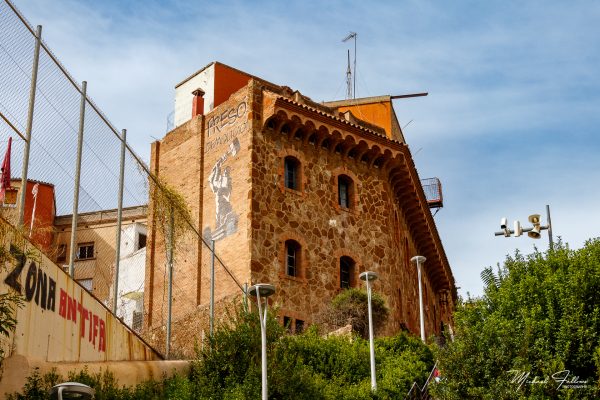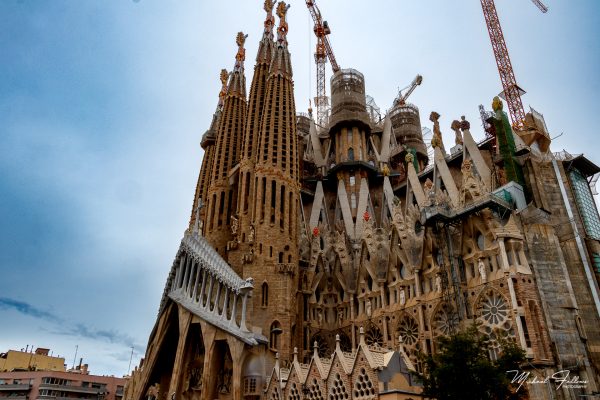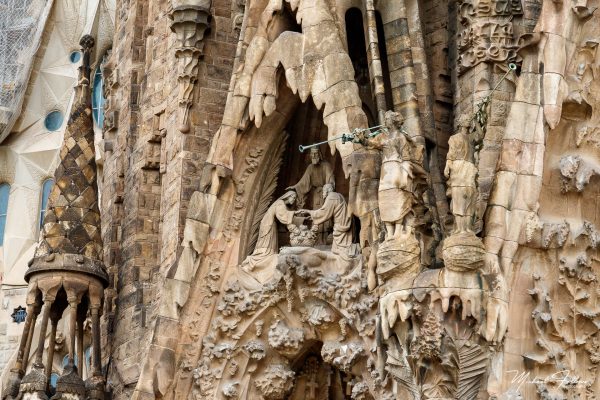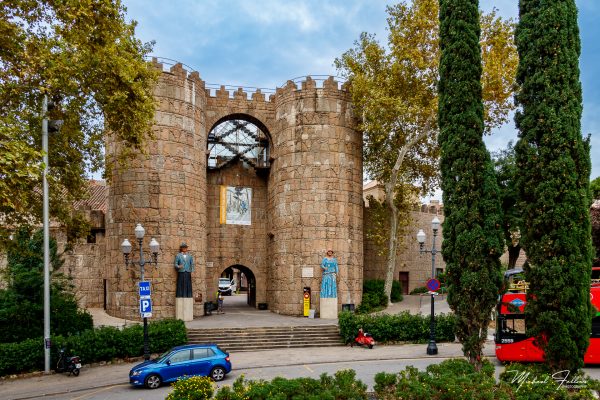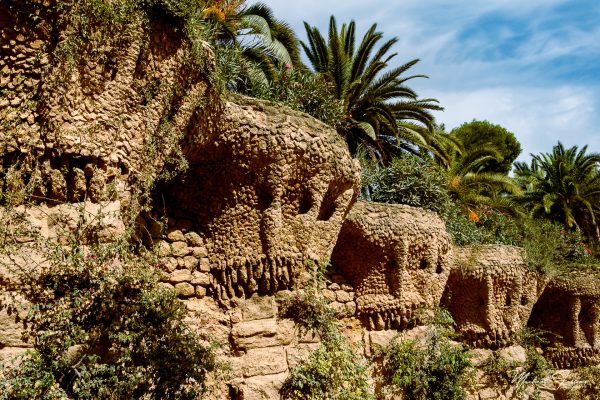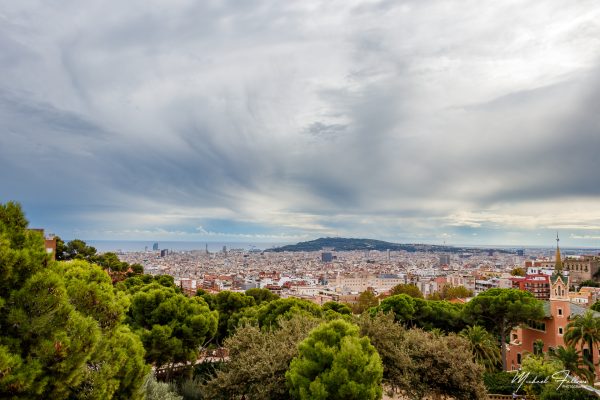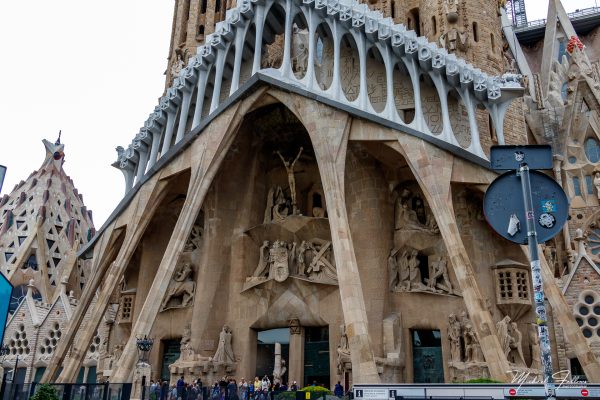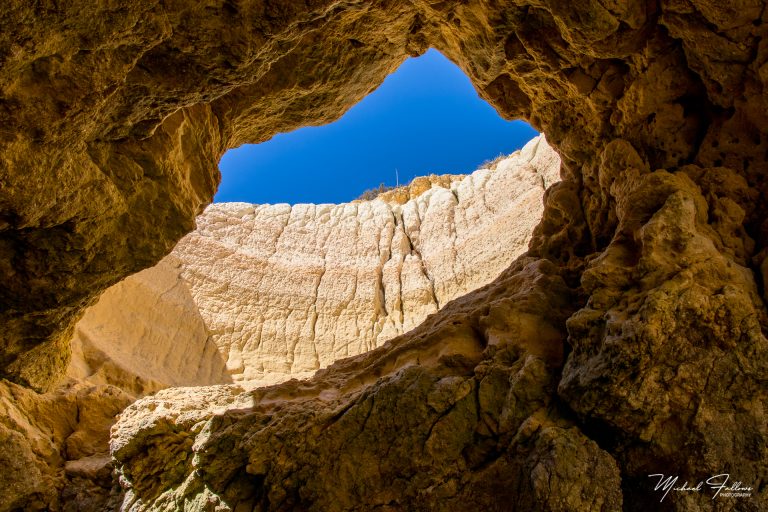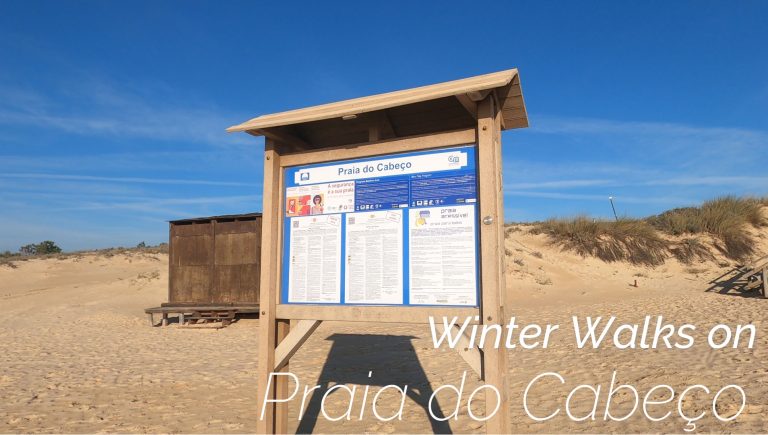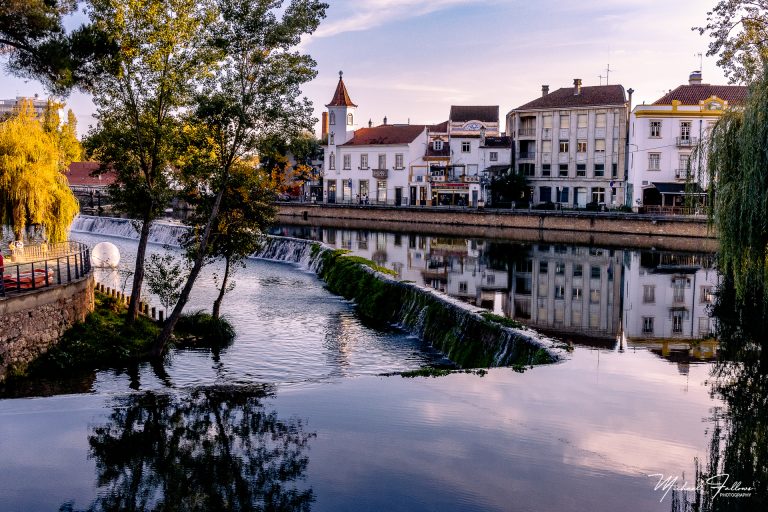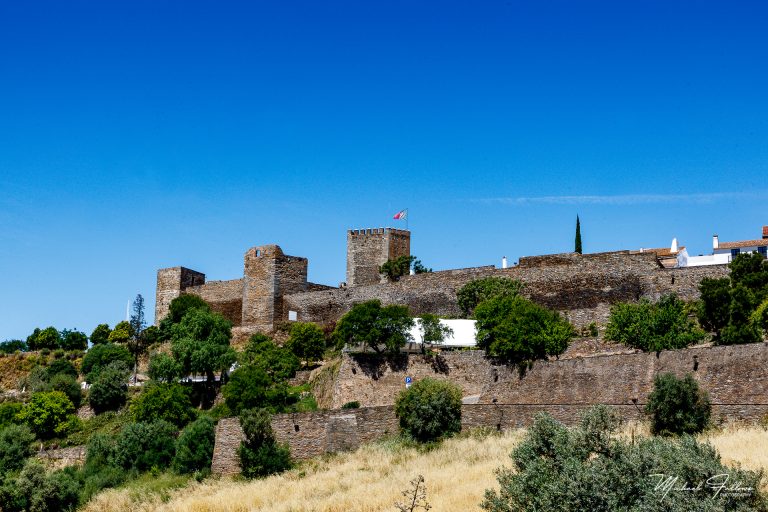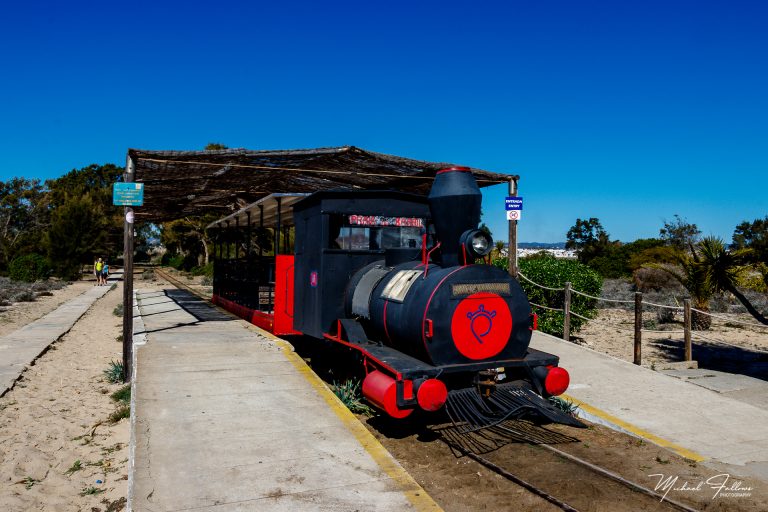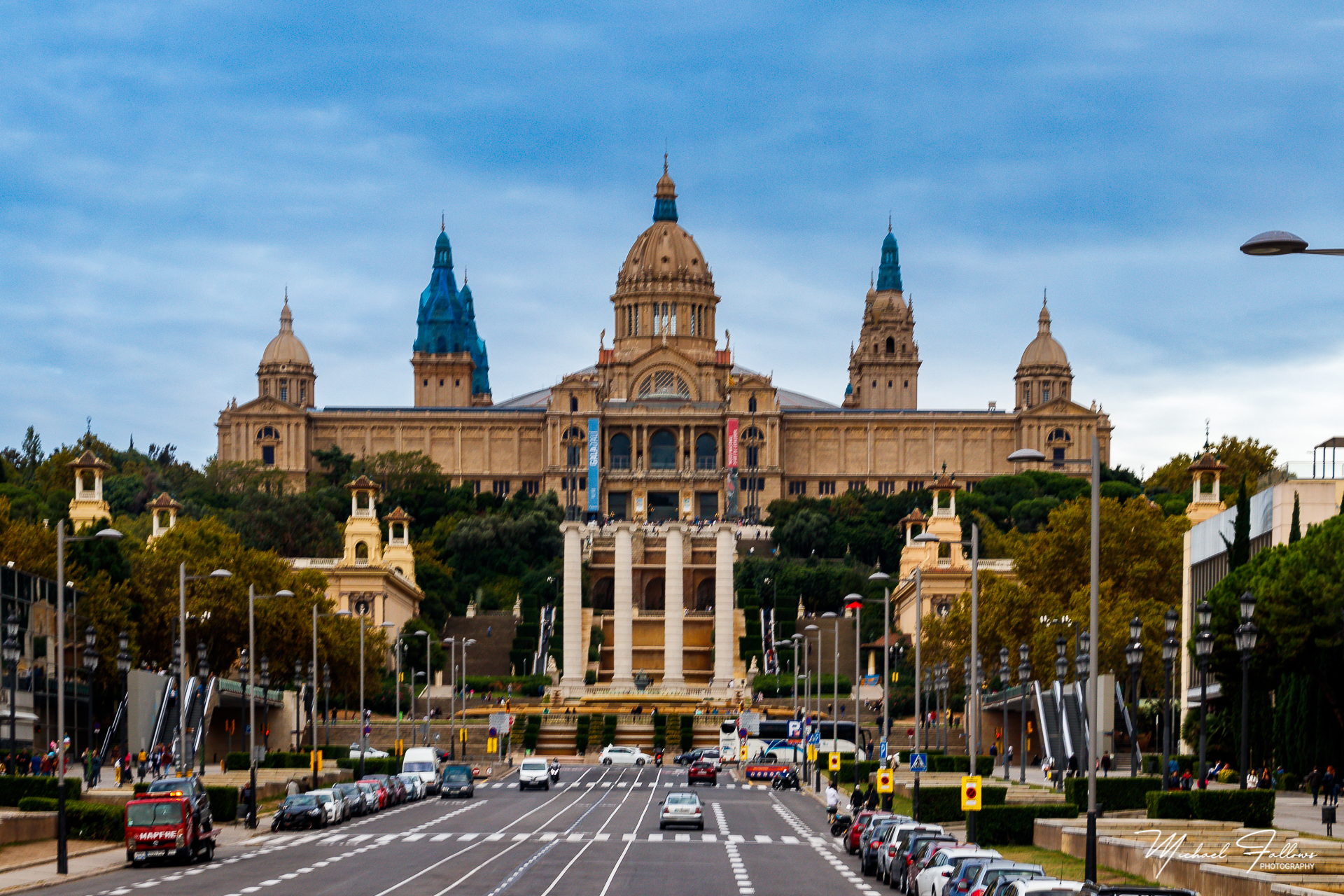
Barcelona: A Tapestry of History, Culture, and Modern Vibrance
Barcelona, the cosmopolitan capital of Spain’s Catalonia region, is a city that effortlessly blends history with contemporary allure. From its ancient Roman roots to its status as a global metropolis, Barcelona offers a rich tapestry of experiences that captivate visitors from around the world. Whether you’re drawn by its architectural masterpieces, vibrant neighbourhoods, or sun-drenched beaches, Barcelona promises an unforgettable journey through time and culture.
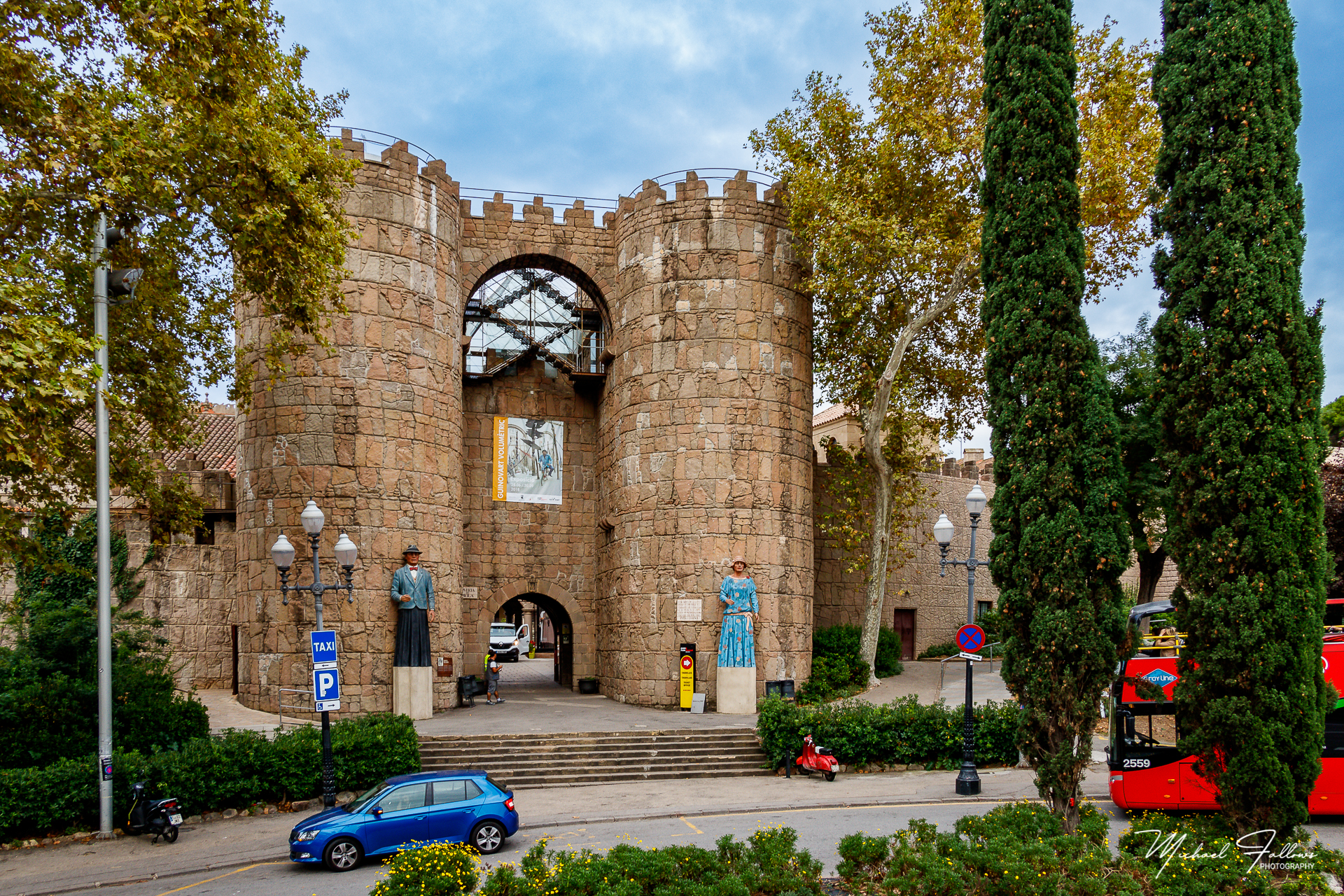
A Stroll Through History
Barcelona’s history dates back over 2,000 years, beginning as a Roman settlement called Barcino. Remnants of this ancient era can still be found in the Gothic Quarter, where narrow, winding streets lead to impressive Roman ruins. The Gothic Quarter is also home to the majestic Barcelona Cathedral, a stunning example of Gothic architecture that took over 150 years to complete. Inside, visitors can admire intricate stained glass windows, a beautifully carved choir, and a peaceful cloister filled with orange trees.
The city’s medieval period left a profound mark on its landscape, with the Gothic Quarter showcasing a maze of narrow alleys, charming squares, and historic buildings. The 13th-century Basilica of Santa Maria del Mar, known for its serene beauty and impressive acoustics, stands as a testament to this era.
Gaudí’s Masterpieces: The Heart of Modernism
No visit to Barcelona would be complete without experiencing the extraordinary works of Antoni Gaudí, the visionary architect whose creations have come to define the city. The Sagrada Família, Gaudí’s magnum opus, is an awe-inspiring basilica that has been under construction since 1882. Its intricate facades and soaring towers, still unfinished, draw millions of visitors each year. The interior, with its forest-like columns and mesmerizing stained glass, is a testament to Gaudí’s genius.
Another Gaudí masterpiece, Park Güell, offers a whimsical escape into a world of colourful mosaics, serpentine benches, and playful sculptures. Originally intended as a residential complex, the park now serves as a public space where visitors can stroll through lush gardens and enjoy panoramic views of the city.
Casa Batlló and Casa Milà (La Pedrera), two of Gaudí’s residential buildings on the Passeig de Gràcia, showcase his innovative use of organic forms and natural light. Their undulating facades and fantastical designs make them iconic landmarks in Barcelona’s architectural landscape.
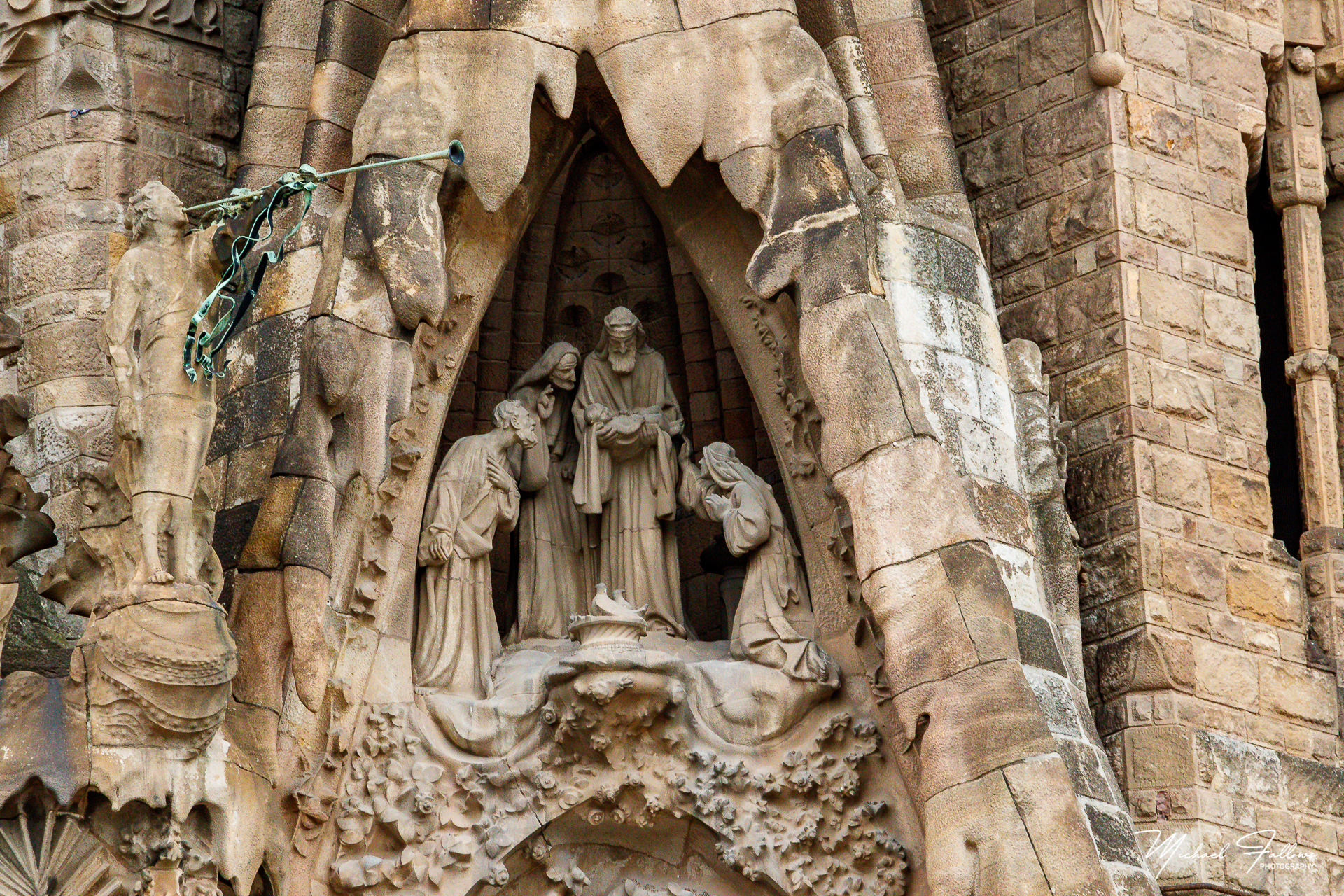
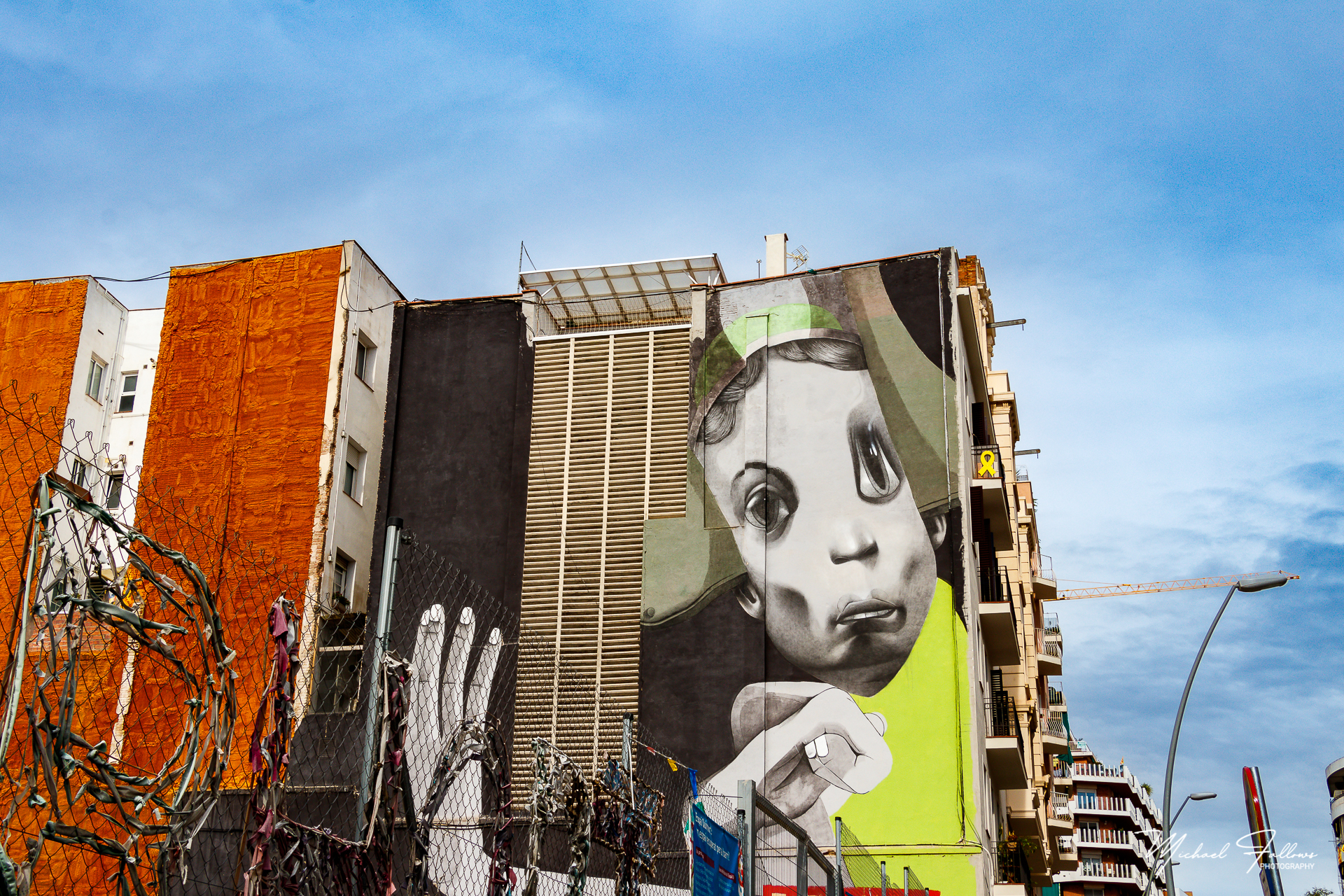
Exploring Vibrant Neighbourhoods
Barcelona is a city of neighbourhoods, each with its own unique character and charm. The bustling area of La Rambla, a tree-lined boulevard stretching from Plaça de Catalunya to the waterfront, is always alive with street performers, market stalls, and lively cafes. Nearby, the Boqueria Market offers a sensory feast with its colourful array of fresh produce, seafood, and local delicacies.
El Raval, known for its eclectic mix of cultures and vibrant arts scene, is home to the MACBA (Barcelona Museum of Contemporary Art) and numerous galleries and studios. This neighbourhood’s dynamic atmosphere and edgy vibe attract artists and creatives from around the world.
In contrast, the elegant Eixample district, characterized by its grid-like layout and wide avenues, boasts some of the city’s most upscale shops, restaurants, and architectural gems. Passeig de Gràcia, the district’s main thoroughfare, is a showcase of modernist architecture, featuring not only Gaudí’s works but also other stunning buildings like Casa Amatller and Casa Lleó Morera.
A word of caution when wandering around Barcelona. Like many cities Barcelona has problems with street crime. Whilst walking through the streets in Barcelona we were followed by three people looking for an opportunity to relieve me of my camera. Eventually we had to walk into a shop with CCTV to ensure they walked away. So be aware of your surroundings, especially in the areas around Gaudi park.
Beaches and Beyond
Barcelona’s coastline offers a delightful complement to its urban attractions. The city’s beaches, from the lively Barceloneta to the more relaxed Bogatell, provide a perfect escape for sunbathing, swimming, or enjoying a seaside meal. The Port Olímpic area, developed for the 1992 Summer Olympics, features a marina, restaurants, and vibrant nightlife.
For those seeking a deeper connection with nature, a visit to Montjuïc, a hill overlooking the city, is a must. Montjuïc is home to several attractions, including the Magic Fountain, which hosts nightly light and music shows, and the Montjuïc Castle, offering panoramic views of Barcelona. The hill is also a cultural hub, housing the MNAC (National Art Museum of Catalonia) and the Joan Miró Foundation, which celebrates the works of the famed Catalan artist.
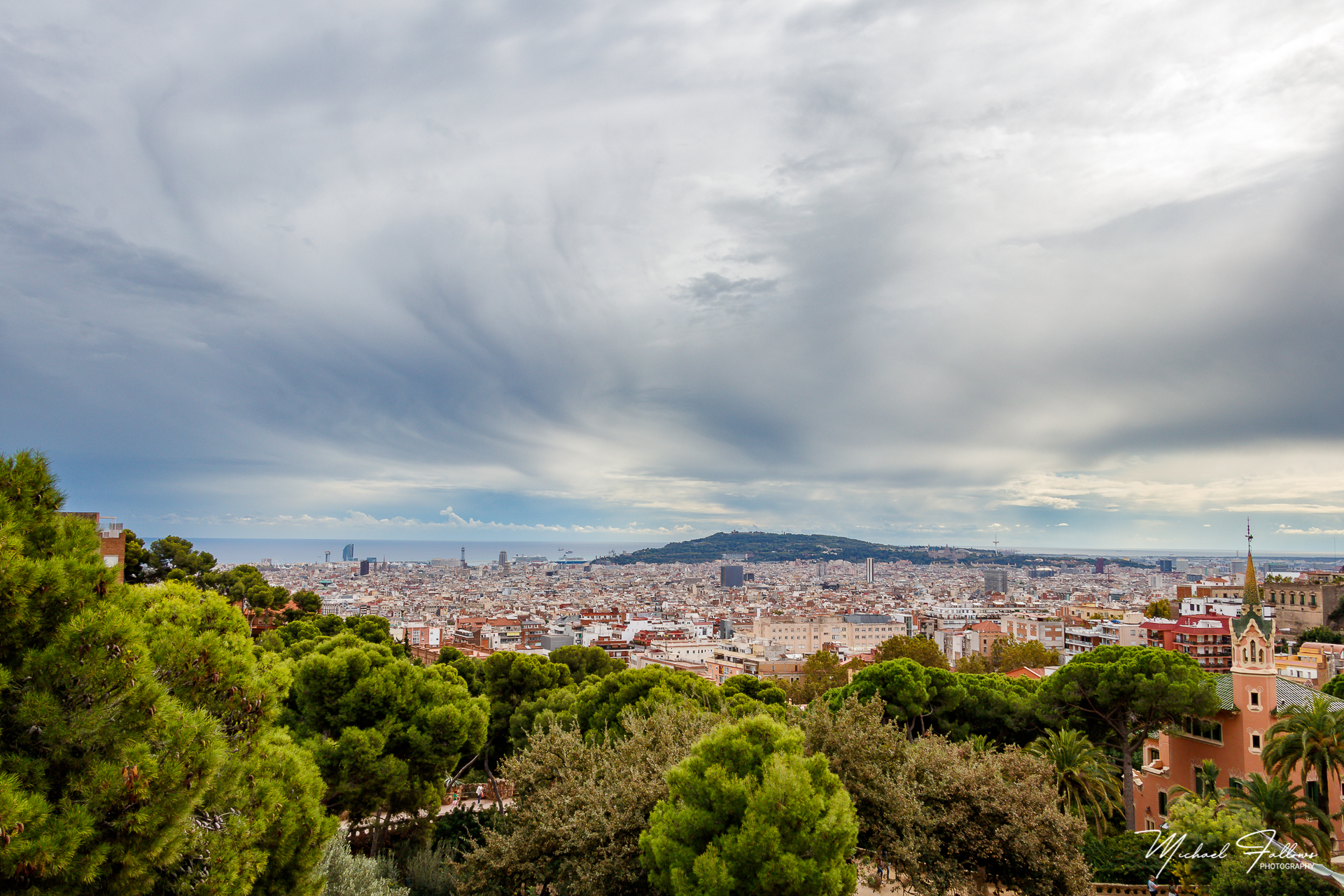
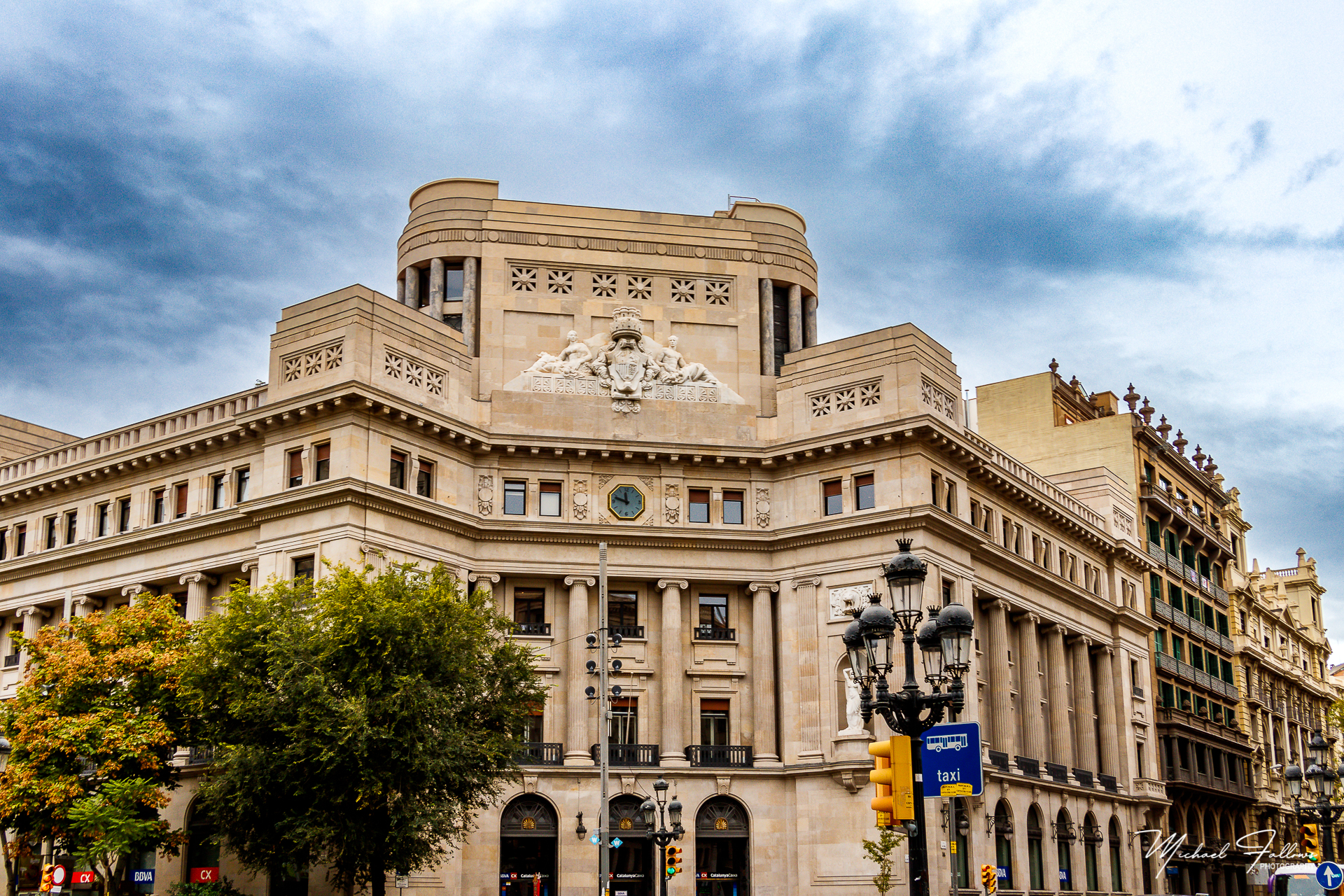
Culinary Delights
Barcelona’s culinary scene is as diverse and vibrant as the city itself. From traditional Catalan dishes to cutting-edge gastronomy, the city offers a gastronomic journey for every palate. Tapas bars, offering small, flavourful dishes perfect for sharing, are a staple of the dining culture. Be sure to try classics like patatas bravas, jamón ibérico, and pan con tomate.
The city’s many markets, including the famous Boqueria, provide an opportunity to taste fresh, local ingredients and sample a variety of regional specialties. For a more upscale dining experience, Barcelona is home to several Michelin-starred restaurants, where innovative chefs push the boundaries of traditional Catalan cuisine.
Conclusion
Barcelona is a city that delights at every turn, offering a rich blend of history, culture, and modern vibrancy. Whether you’re marvelling at Gaudí’s architectural wonders, exploring the character-filled neighbourhoods, or simply soaking up the sun on its beautiful beaches, Barcelona promises an unforgettable experience. Its unique charm and dynamic energy make it a must-visit destination for travellers seeking to immerse themselves in the heart of Catalonia.

